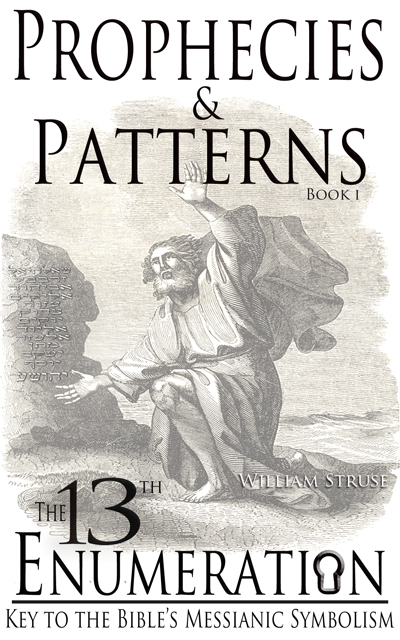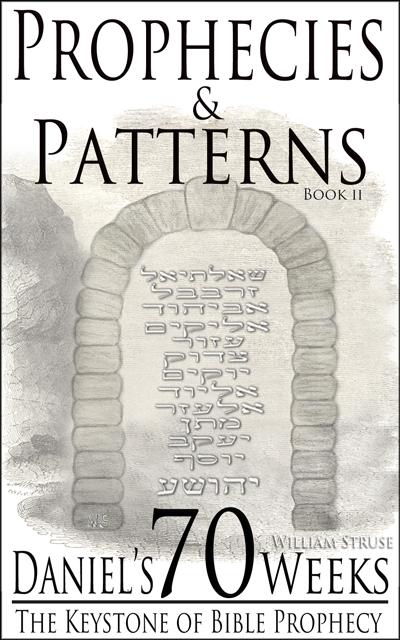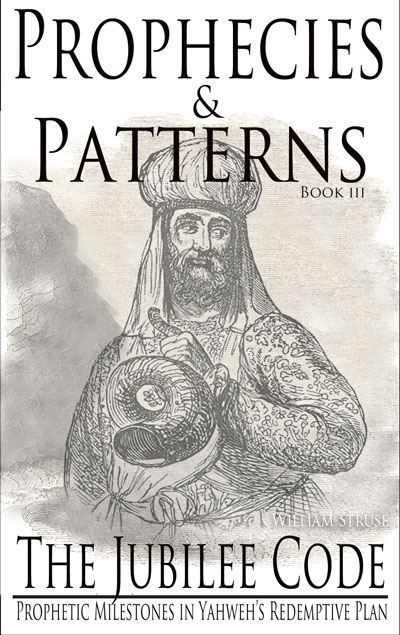If you’ve read any of the articles on my blog you know I have an interest in the 2nd temple era. Several years ago I read a book entitled Esther And Ahasuerus: An Identification Of The Persons So Named by Richard Edmund Tyrwhitt (1868). I acquired this two volume work through a rare book service. Mr. Tyrwhitt’s premise was that Esther’s king had been misidentified by historians as Xerxes when if fact her true king was Darius “the Great”. This intrigued me and I set out to see if in fact the Biblical case was as strong as Mr. Tyrwhitt indicated. My articles Queen of Persia: Part I & Queen of Persia: Part II are a result of that research. In short, I found that Darius “the Great” Artaxerxes was in fact the most reasonable choice (from a Biblical perspective) for Esther’s king. When the reign of Darius is understood within the context of Esther, Daniel, Joshua, Zerubbabel, Ezra, Nehemiah, Haggai and Zachariah, the entire 2nd temple era takes on new significance. (For more on the Biblical hero’s above just click on their name – linked in blue.)
For those who would like to better understand this great era in Persian and Jewish history I have reproduced a chart showing a generational comparative of the Egyptian, Babylonian, Media, Persian, and Judean kings in relation to Hadassah, Mordecai and the priests of Judah. This chart helped me wrap my mind around the chronology of this era. For those who share my love of Biblical history I thought you might find this helpful in your own research.
Please note that this chart is based in part upon one first produced by Mr. Tyrwhitt in his book mentioned above. I have made several modifications to reflect what I believe to be a more accurate rendering of Ezra and Nehemiah’s chronology. I hope you enjoy the chart!
(Click on the chart to enlarge)




